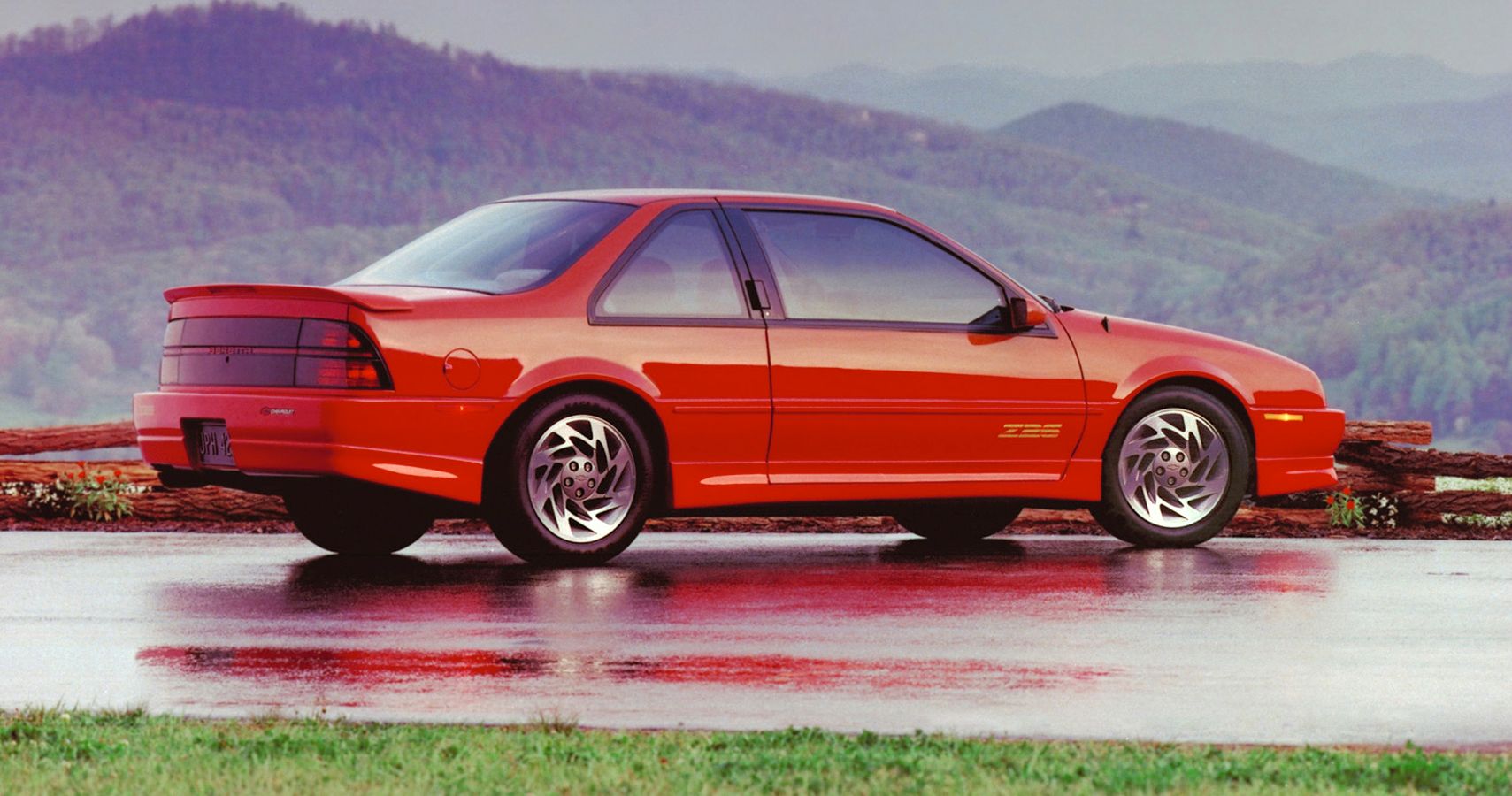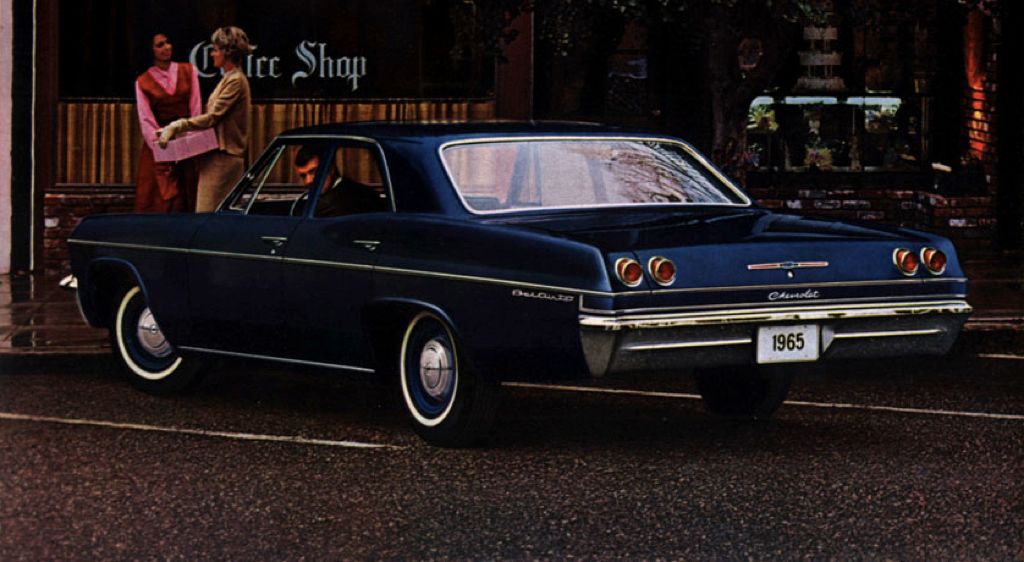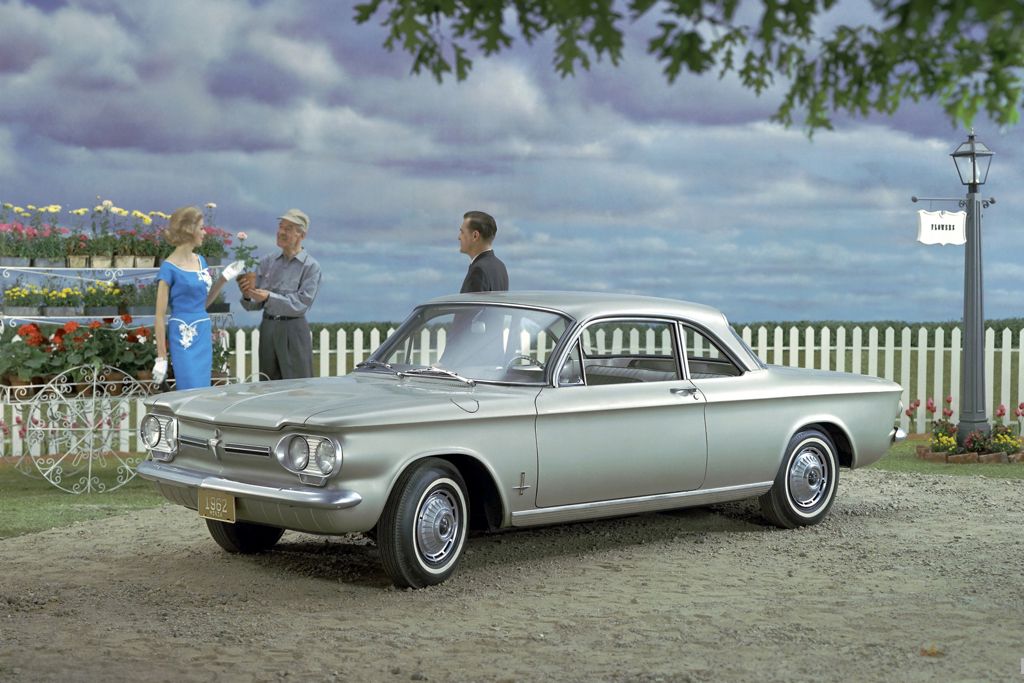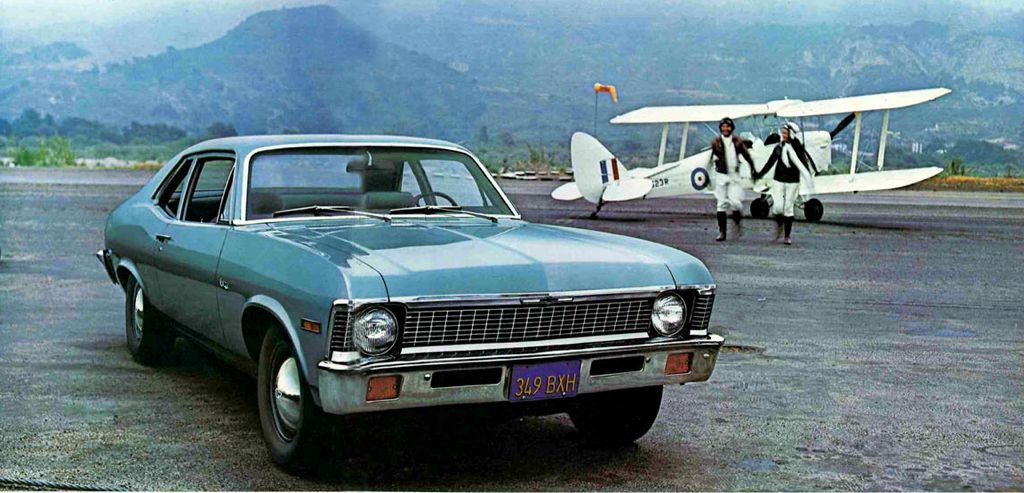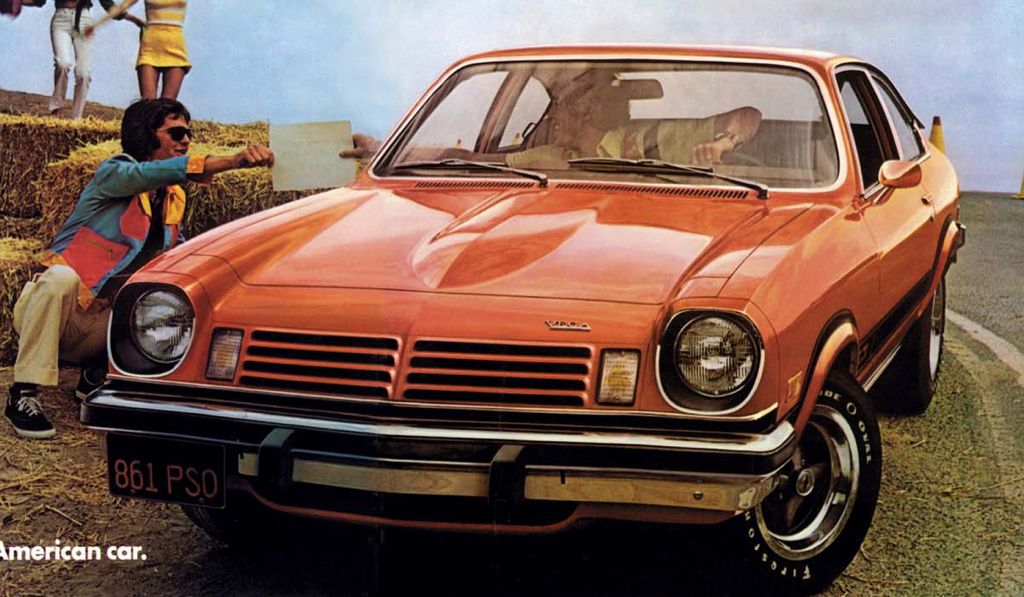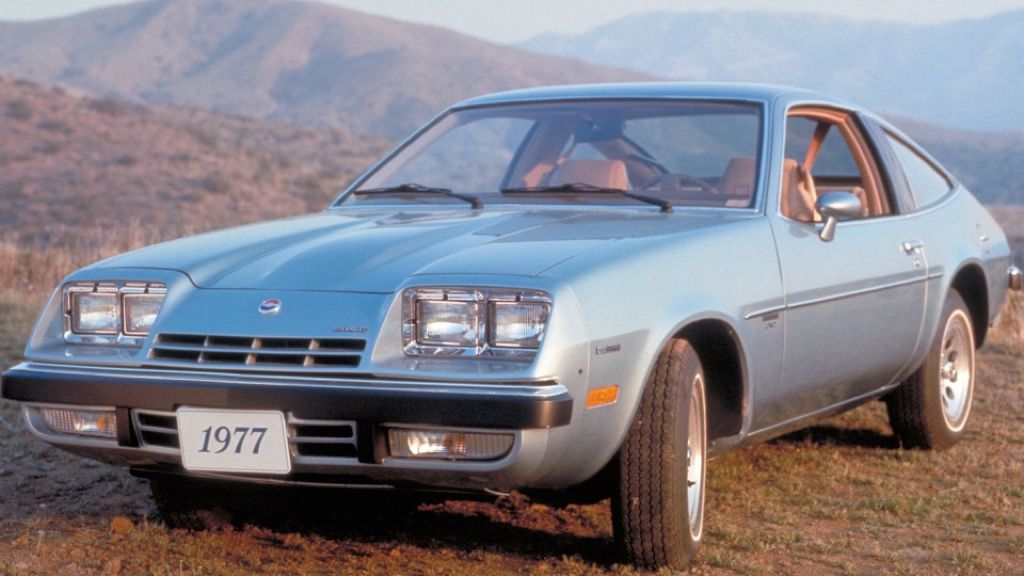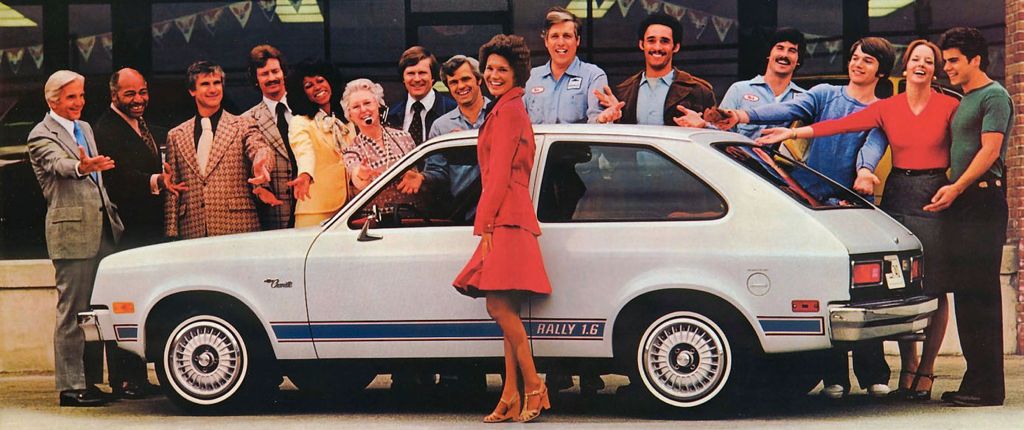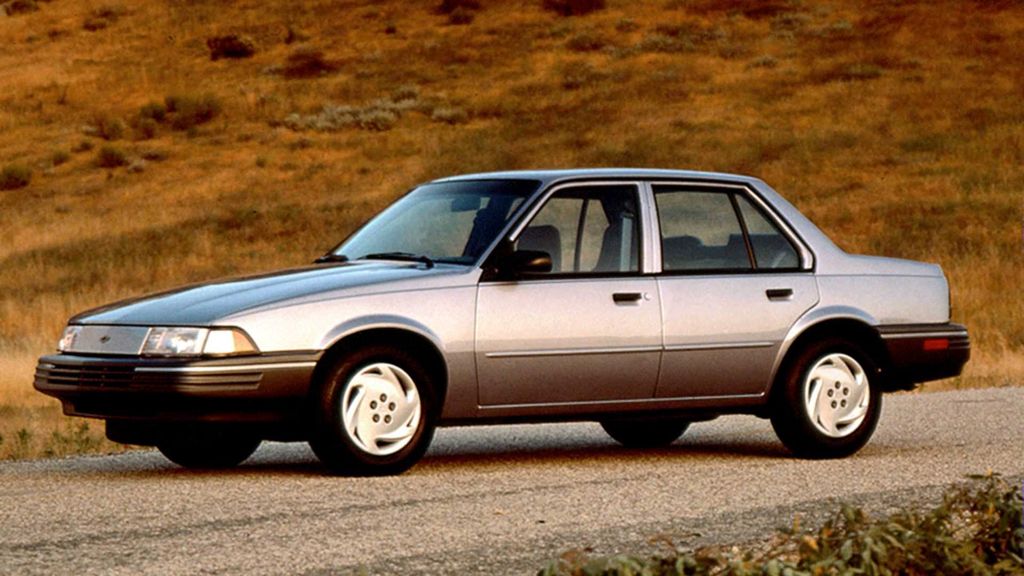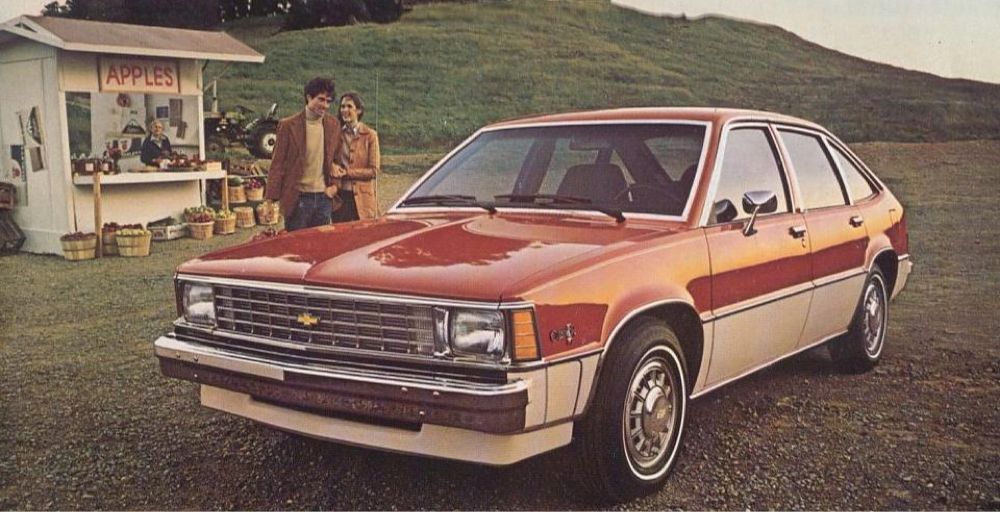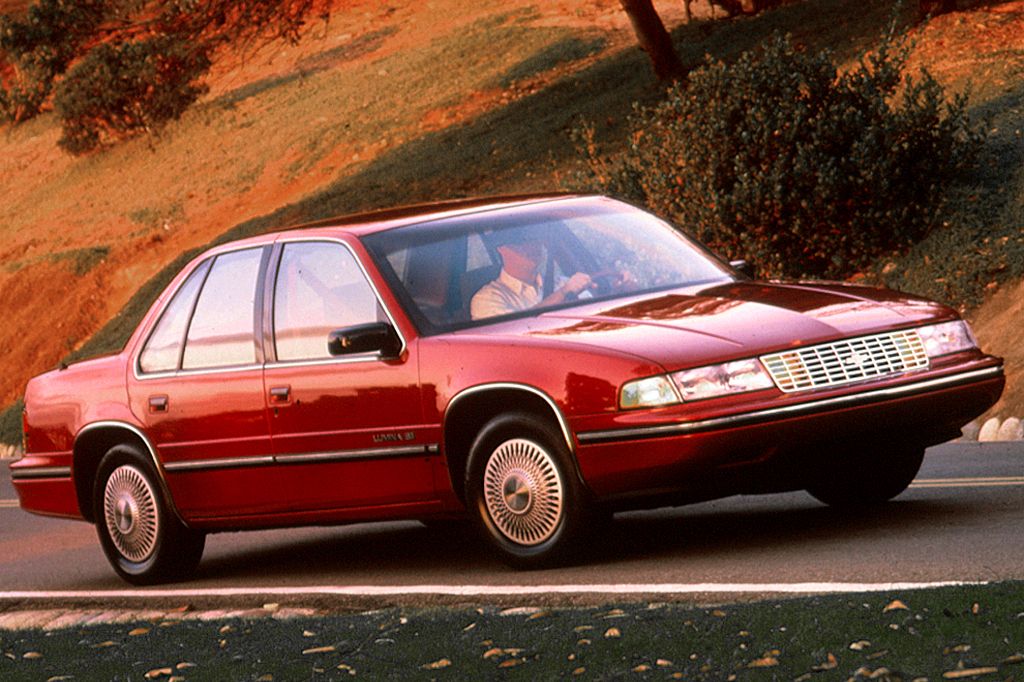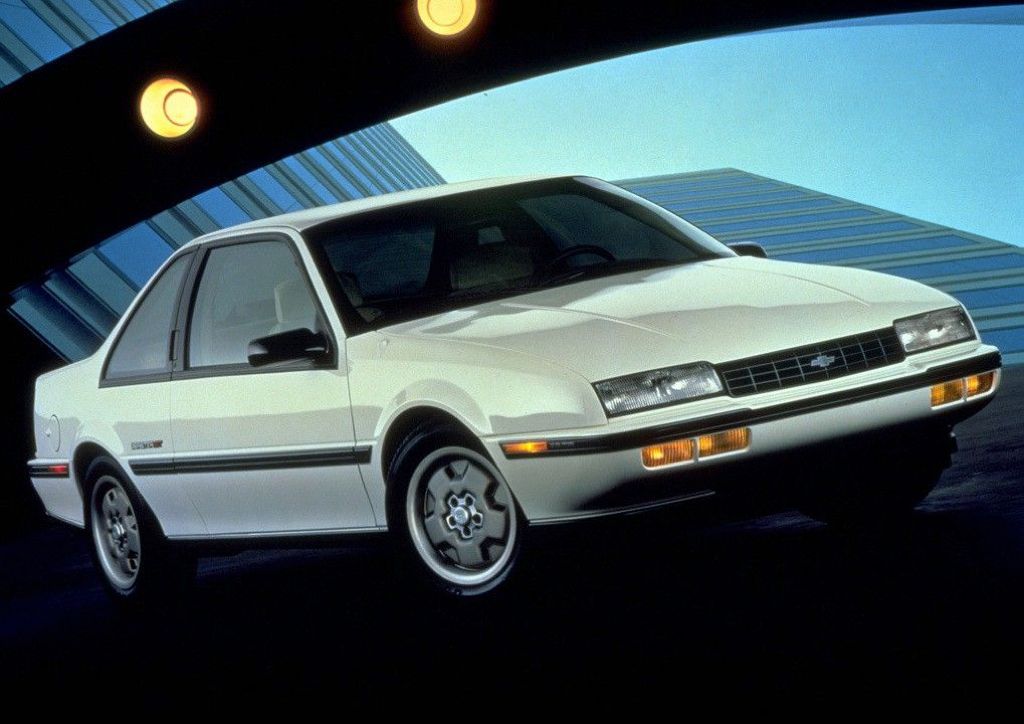The automotive brand that for decades has been labeled "as American as baseball, hot dogs, and apple pie” got its name from an itinerant race car driver and engineer from Switzerland. Louis Chevrolet founded his eponymous car company in 1911 with partners including William Durant, the recently-ousted founder of General Motors, who would later buy out his friend and use Chevrolet as an entree to resume control of GM.
The architect of GM’s brand strategy, the legendary Alfred P. Sloan, decided to make Chevrolet the “value” brand for GM in the 1920s, and it’s been from that vantage point that the car has battled Ford (and more recently Toyota) for the title of America’s best-selling car brand. Along the way, Chevy vehicles have become part of (to borrow another ad tagline) the heartbeat of America … though the life of some models went out years ago.
10 Bel Air
The name “Bel Air” evokes images of warm Pacific breezes and gorgeous oceanside vistas. Chevy first used the name in 1950 on its then-new hardtop coupes, which featured convertible-like styling (no center or “B” pillar) with a fixed roof. Chevrolet then made the Bel Air its top trim level in 1953, and its “Tri-Five” Bel Airs of 1955, ’56 and ’57 stand as American cultural icons.
But with the arrival of the 1958 Impala, the Bel Air began fading into the middle of the range. When the Caprice became the new top-line trim level in 1965, the Bel Air became the "budget" Chevrolet, mostly marketed to police agencies and taxi companies. Chevy dropped the name in the U.S. with the 1977 downsizing but continued to offer it as a low-cost trim line in Canada through 1981.
9 Corvair
When European marquees began sending small cars to U.S. shores, Chevrolet decided to take the fight right to Volkswagen with a revolutionary (for Detroit) air-cooled, rear-engined platform with Fisher Body’s first unitized construction and all-independent suspension. The resulting Corvair sedans, introduced in 1960, proved to be popular, with the Monza coupe becoming a top choice for sports-sedan racing. And a mid-cycle refresh brought a new Corvette-based suspension and sleek new hardtop styling.
But a series of lawsuits connected to crashes blamed on the Corvair’s old swing-axle rear suspension and rear-biased weight distribution caught the attention of a young lawyer named Ralph Nader. His book Unsafe At Any Speed and the publicity surrounding it sent prospective buyers running to other makes. The final few thousand Corvairs were sold in 1969.
8 Nova
The controversial Corvair with its rear-mounted engine was designed as an alternative to Volkswagen and other European imports, but Chevrolet needed a larger and more conventional “compact” to answer competition from Ford’s Falcon and the Plymouth Valiant. Enter the “Chevy II,” rushed to market for the 1962 model year. In 1969, it became the “Nova,” which until then was the name for the top-of-the-line edition.
The Nova’s X-body platform would eventually be shared by all of GM’s divisions (even the first Cadillac Seville was a heavily-revised X-body) … and briefly, the “Nova” name would re-appear on Chevy’s version of the Toyota Sprinter built at the NUMMI joint-venture plant in California. And by the way, the urban legend about the Nova not selling well in Latin America (“no va” = “no go”) is untrue: the Nova sold strongly for years in Mexico and other Latin countries.
7 Vega
The careful reader might notice a theme with a few of these entries: times when Chevrolet decided to get small … and it didn’t go well. Here’s an infamous case in point: the Vega, introduced in 1971 after barely two years of development, and assembled in a brand new plant in Lordstown, Ohio.
The Vega’s short engineering time — and ruthless corporate cost-cutting to keep the price down — manifested itself in aluminum-block engines that frequently leaked and overheated, and bodies that began rusting within months of ownership. The higher-performance Cosworth Vega was over-engineered and over-priced (within $1,000 of the contemporary Corvette). By the mid-‘70s, constant refinement and improvement made the Vega a decent car, but the bad publicity surrounding its formative years meant no one wanted one. It hung on until 1977.
6 Monza
In 1975, Chevrolet had planned to drop a rotary engine into its hatchback sports coupe based on the Vega. Fuel economy and emissions issues killed the rotary program, leaving Chevy with a Ferrari-inspired 2+2 with an engine bay large enough for a small-block V8. That option gave the Monza spirited performance at the dawn of the “malaise” era.
Eventually, the Monza line expanded to include the formal-roofed Towne Coupe and the two-door wagon formerly known as the Vega Kammback. The Monza disappeared after 1980.
5 Chevette
It’s fair to say that no American carmaker was well-positioned for the spike in gasoline prices in the early 1970s. Chrysler and Ford responded by poaching captive imports from its overseas affiliates. At Chevy, engineers began reworking the global T-body rear-drive subcompact underpinning the Opel Kadett, and in 1975 rolled out the U.S.-built Chevette. A hatchback like its new stateside rival the VW Rabbit, the Chevette made its name as a cheap (a back seat was optional on the stripper “Scooter” model) economical runabout.
The Chevette was available with an array of miserly four-cylinder gas and diesel engines. It was never in danger of being mistaken for a performance car but proved to be reliable and popular until it was discontinued in 1987.
4 Cavalier
If you didn’t have a Cavalier as your first car — maybe handed down from your big brother or sister — then someone you knew did. The 1982 Cavalier was Chevy’s version of the J-platform compact that was used by GM divisions around the world, including Opel (Ascona) and Cadillac (Cimarron). Initially available with two, three, four or five doors, the front-drive Cavalier replaced the Monza and would eventually be positioned to pick up business from the discontinued Citation and Chevette.
Along the way, buyers could order Cavaliers in trim ranging from basic (the Cavalier “Cadet” and “VL”) to ballsy (the Z24). The Cavalier sold well for much of its life, even as competitors offered more technologically advanced powertrains and higher-quality interiors. The Cobalt finally replaced the Cavalier in the U.S. in 2005.
3 Citation
When business students look at automotive industry failures, the conversation inevitably turns to GM’s 1980 “X-body” compacts. The automaker shot for the moon with its first mass-market front-drive platform to replace the Nova, and the trim and roomy Citation sedans and hatchbacks sold well out of the box. But problems with fires, rear brakes, and power steering combined with terrible fit and finish to create a safety and public relations disaster.
Not even throwing a “II” on the Citation’s name in 1984 helped resuscitate the compact Chevy’s image, even though by that time, it was a good car (and the X-11 was a credible performance bargain). The Citation II died in 1985, but lessons learned during its development would be applied during the development of the larger A- and W-body front-drive platforms.
2 Lumina
The Lumina was Chevrolet’s launch name for the two- and four-door sedan based on GM’s new “W”-platform front-drive midsize cars. Brought out several years after Ford’s Taurus caused a sensation in showrooms, the Lumina cut a more traditional (yet still aerodynamic) profile, and was set apart by design details such as the B-pillar-mounted door handles on two-door models. It was also the basis for GM’s "Dustbuster" minivans, so nicknamed for their outward resemblance to a Black & Decker handheld vacuum.
The Lumina offered a vaguely sports-type experience with its “Euro” trim line, which became the LTZ after the platform was restyled in 1995. The second generation also saw the Lumina coupe rebranded “Monte Carlo.” The name disappeared in 2000, but Chevy moved the Impala to the “W” platform, and it survived until 2016.
1 Beretta
The Beretta coupe (and companion Corsica sedan) came out in 1987 as Chevrolet’s solution to the upscale compact segment inhabited by the Ford Tempo. The “L” platform was basically a stretched Cavalier chassis with more fluid styling, the Cavalier’s four- and six-cylinder engines, and a nicer interior. And in the Beretta GT, Chevrolet created a handsome sporty coupe that at least one car magazine suggested could be the backbone of a future Camaro.
An open-topped Beretta paced the 1990 Indianapolis 500, and despite months of engineering, Chevrolet’s attempts to build a civilian Beretta convertible were unsuccessful. The Beretta was largely a rental car special by the time of its demise in 1996, but they can still be found in online classified ads today.

